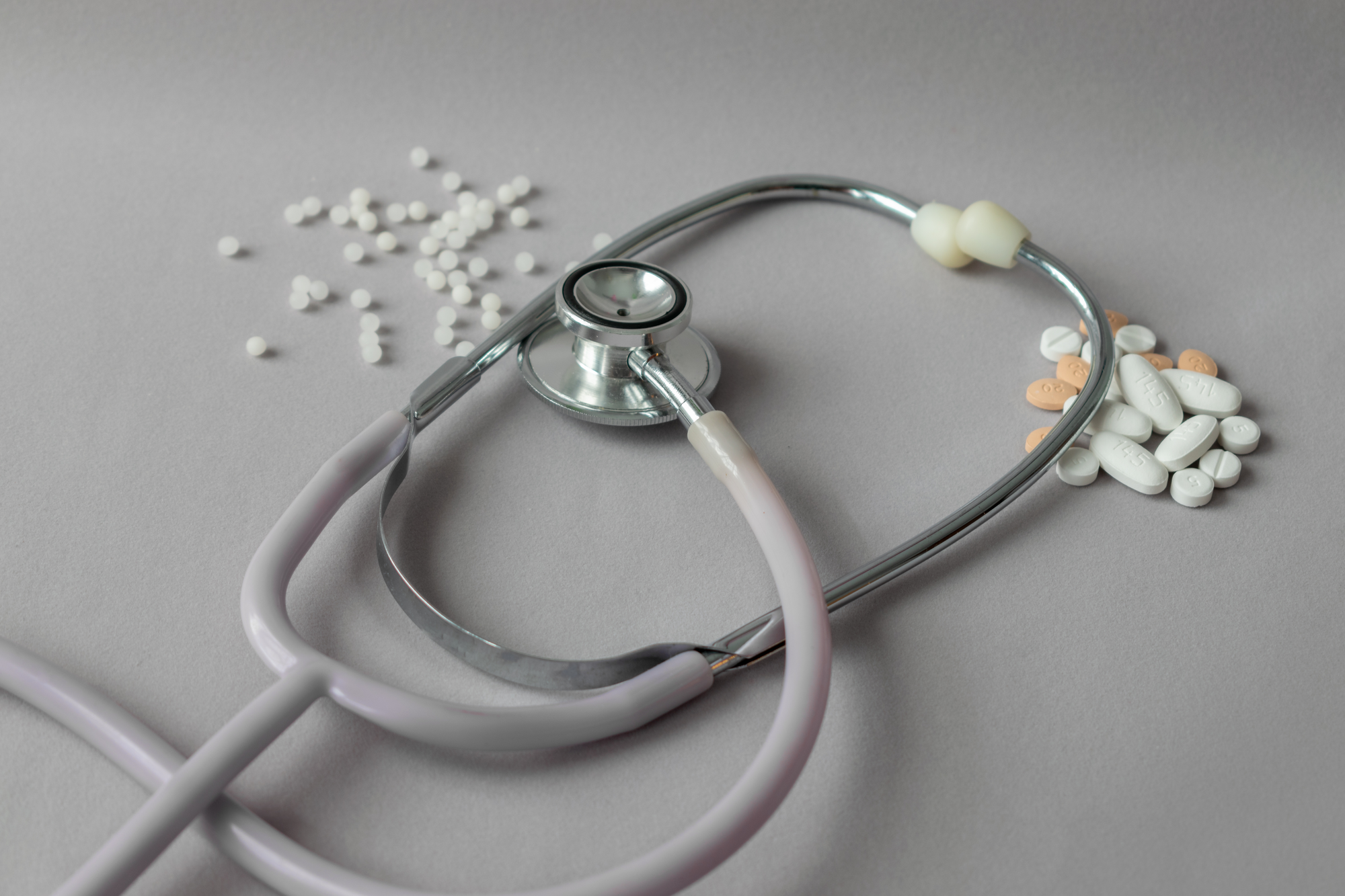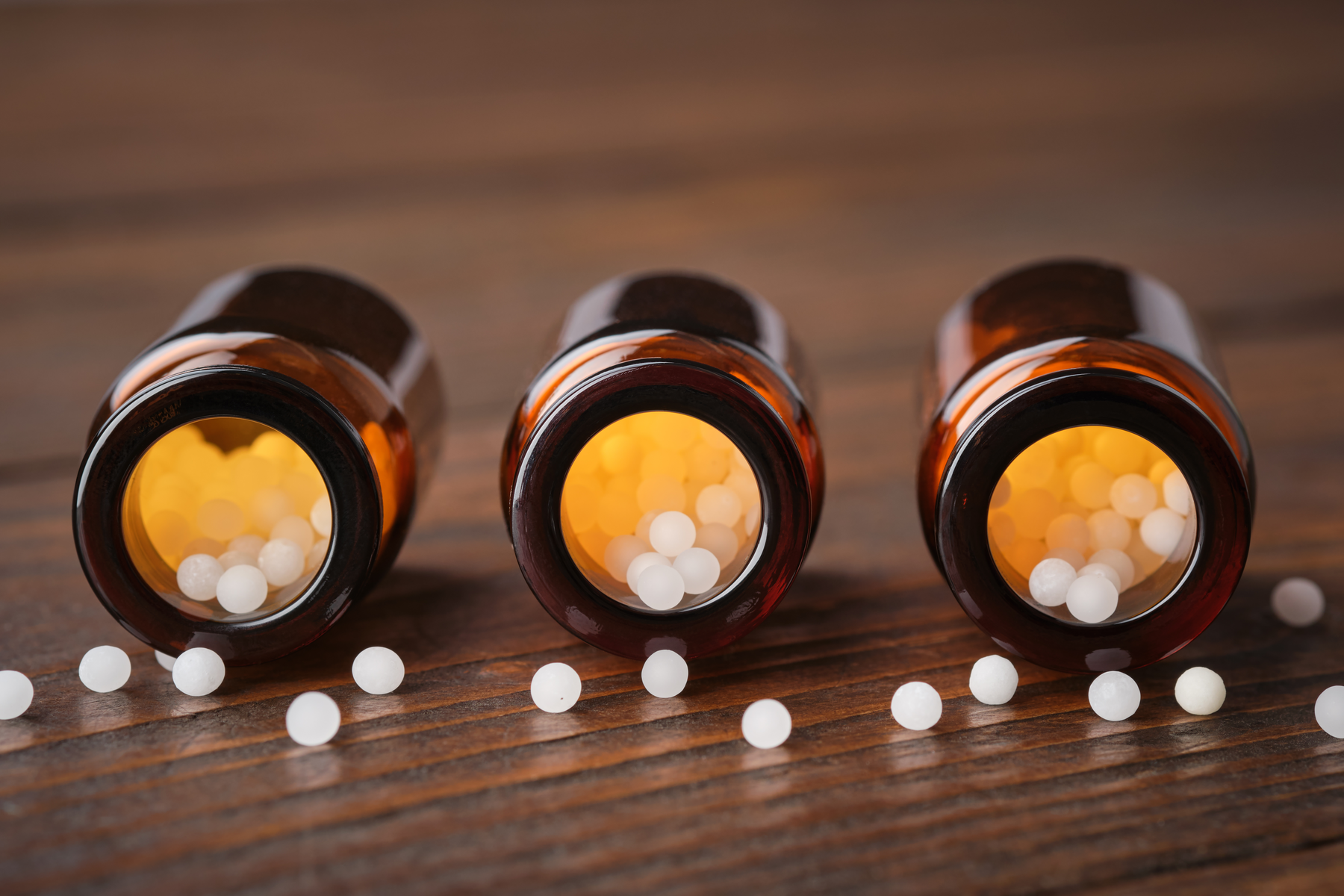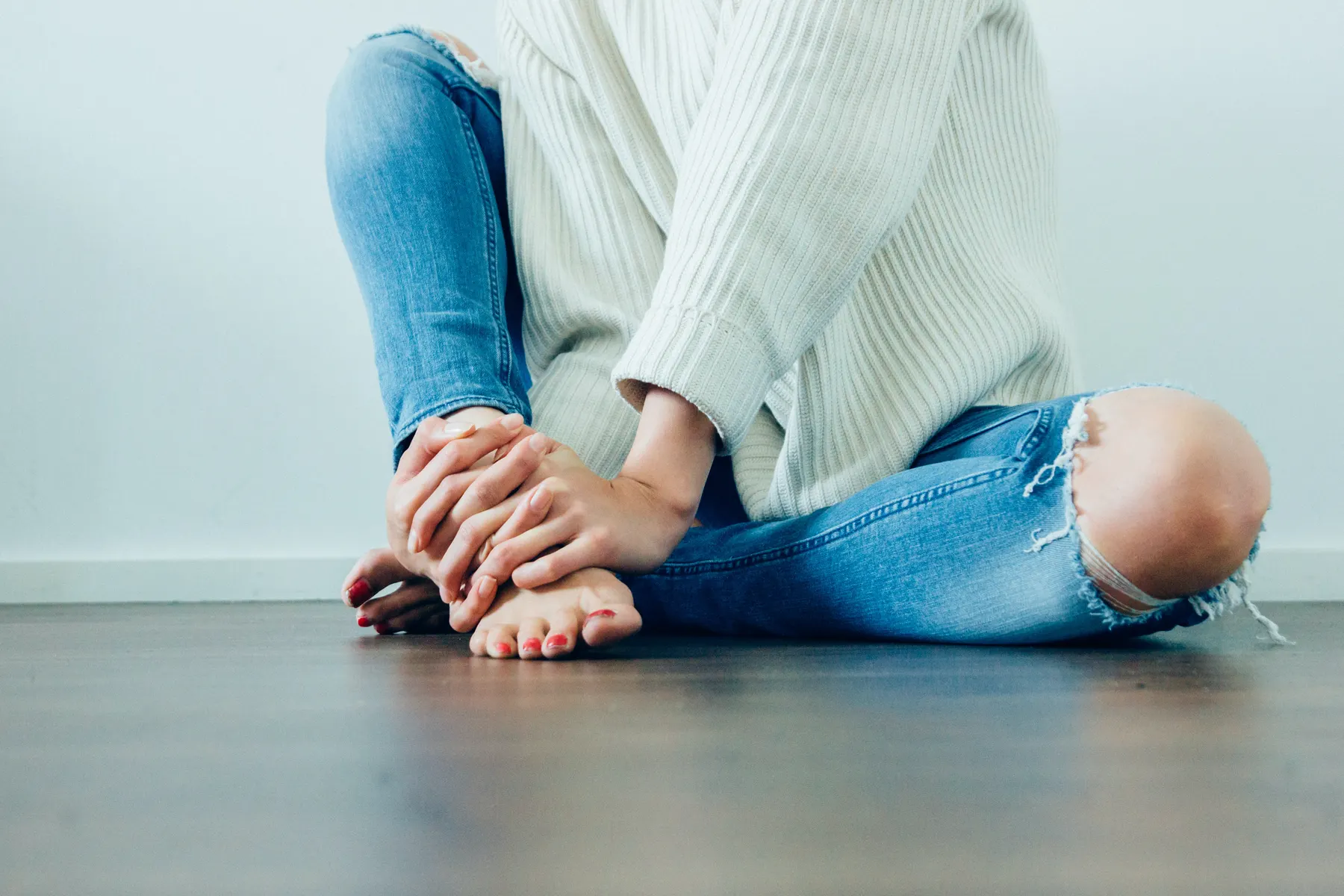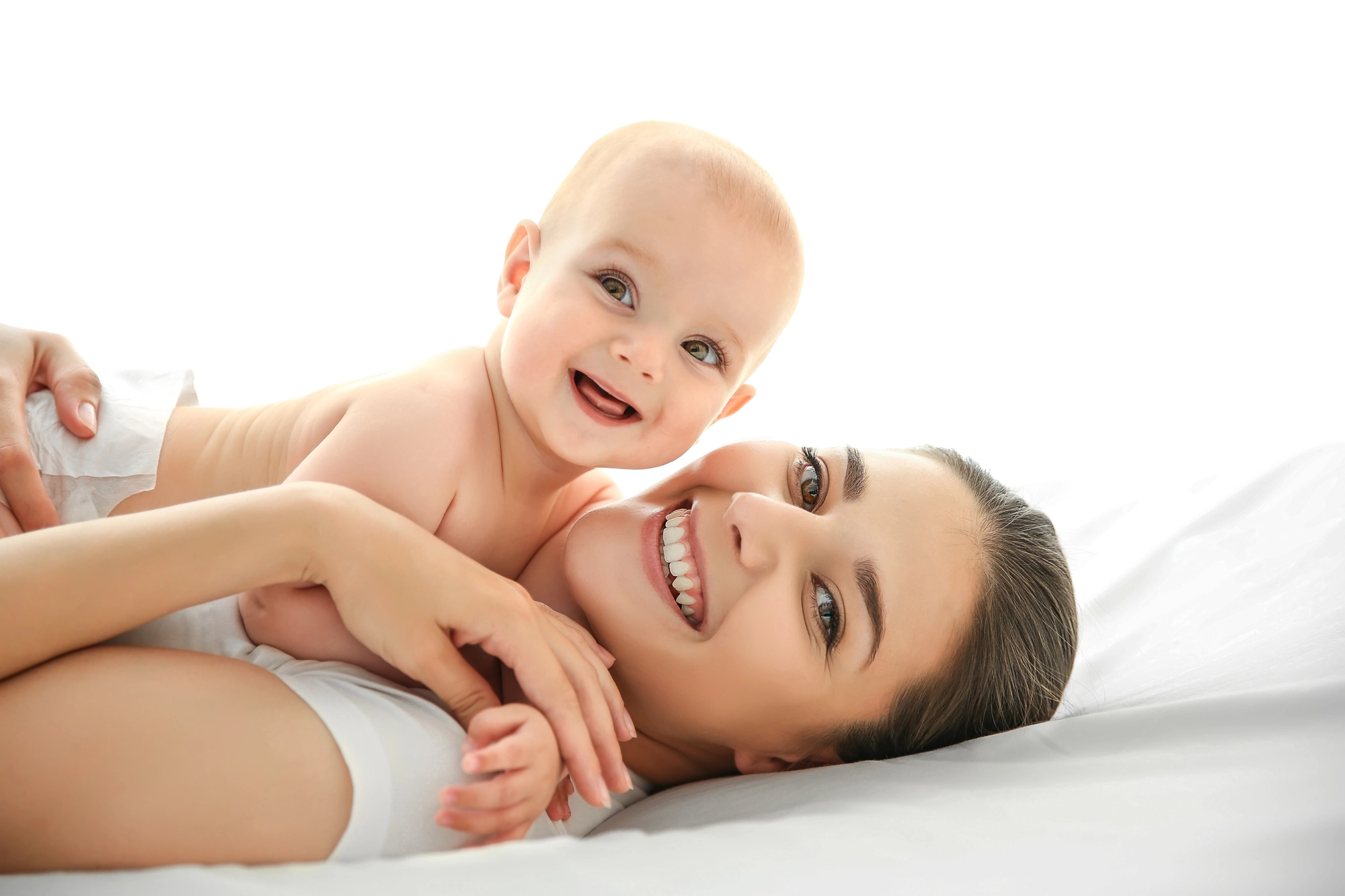The main characteristic of acute illnesses is their tendency toward self-healing. They are defined by a clear beginning and end, with or without treatment using conventional or homeopathic remedies. In the case of chronic diseases, on the other hand, self-healing is not possible. Conventional medicine only sees a difference in the duration between acute and chronic illnesses. Homeopathy, however, considers not only this temporal dimension but also the character and nature of the disease, particularly through an understanding of the individual diathesis of each person.
Individual diathesis is the predisposition to develop acute and chronic conditions according to a very precise, predetermined pattern, i.e., a genetically predetermined way in which the organism defends itself at the cellular level against external harmful influences.
The approach of conventional treatment for acute illnesses is primarily directed at the macro-level, combating the symptoms of the acute condition such as high temperature, pain, swelling, redness, and impairment of function primarily by aggressively suppressing these symptoms, often without addressing their root cause. On the other hand, the homeopathic approach in acute conditions views the organism, considering not only local symptomatology and symptom modalities but also general bodily functions such as thirst and appetite, thermoregulation, sweating, bowel movements, urination, sleep, and states of consciousness. It carefully observes every change in energy levels, bodily activity, levels and types of temperature, all accompanying symptoms, and especially the accompanying emotional and mental symptoms such as profound attachment and tearfulness or irritability and restlessness, extreme withdrawal, and more.
Based on all this information, the most similar homeopathic remedy is determined according to homeopathic principles and applied in a potentized form and an appropriate dosage. When applied in this way, it acts deeply, gently, and consistently on the organism, stimulating healing self-regulatory mechanisms and rapidly restoring the body to a state of health, especially when applied very early, i.e., in the early stages of the development of the acute condition. About 5-7 days after the end of the acute condition, it is recommended to apply the patient's constitutional, i.e., individual homeopathic remedy for the chronic state, addressing the patient's diathesis and reducing the tendency to develop future similar acute attacks.
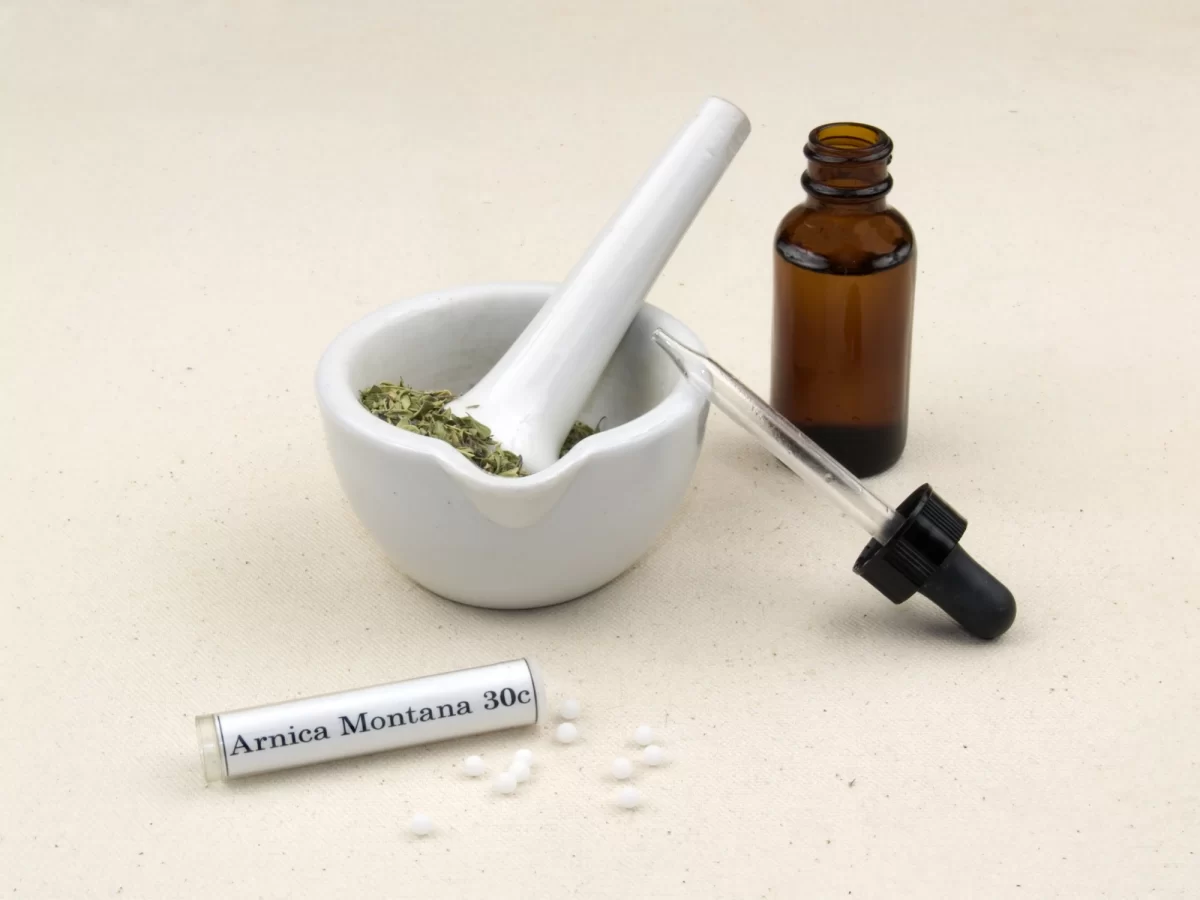
In clinical practice, we are often witnesses to genuine small medical "miracles" where the proper and timely application of a well-indicated homeopathic remedy completely halts the progression of acute illness, often eliminating the need for further diagnostic and therapeutic interventions, allowing the body to return to its usual activities unusually quickly. Homeopathy is a complete science and, as such, is successful in managing and treating a wide range of clinical conditions, including acute and urgent cases in intensive care units.
In the homeopathic arsenal, there is a wide range of remedies for acute and emergency situations. There is a widespread belief that homeopathy is slow-acting and ineffective in addressing, for example, pain and emergency situations. However, when correctly applied, always in accordance with the fundamental principles of homeopathic philosophy and practice, homeopathic remedies have the potential to provide relief within seconds! Of course, like any science, homeopathy has its limitations. Acute and emergency situations are intertwined, and an emergency can always develop from an acute condition. If a patient is in an emergency state, it is extremely important that the homeopathic practitioner and physician recognize this and be aware of the limitations of the homeopathic method and the boundaries of their personal professional competence, referring the patient to further appropriate services. In the modern world with well-equipped clinics and hospitals, patients with acute and emergency conditions should, of course, have rapid access to high-tech medical equipment and medications when the physical body requires prompt stimulation to maintain vital functions. Hahnemann wrote about this in his Organon of Medicine.
When a patient is in a life-threatening condition, there is no time to translate symptoms into rubrics or consult the homeopathic Materia medica. In such cases, while the patient is on the path of conventional care, if circumstances allow, an indicated homeopathic remedy can be applied olfactorily or sublingually, such as Aconitum, Arnica, Carbo vegetabilis, etc. Once the patient's condition is stable and out of immediate danger, which can happen very quickly, a detailed medical history is taken, and further indicated homeopathic remedies are applied through homeopathic repertorization. The described scenario applies, of course, to countries where homeopathy is exceptionally well integrated and is an integral part of a pluralistic healthcare system, such as in India.
In our country, as well as in most Western countries, the situation is such that patients, alongside the access to state-of-the-art conventional medical care, should also have the right and access to the highest quality complementary medical care, which includes homeopathy, thus obtaining the best from both worlds. Instead of highlighting the shortcomings of either conventional or alternative approaches, let us try to understand the advantages of both and extend a hand of collaboration to each other, for the greatest benefit of those who trust us the most—our patients and their loved ones. Regarding examples of good practice in quality collaboration between both approaches in the West, good news comes from Austria. The authors of the textbook "Homeopathy in Intensive Care and Emergency Medicine," Dr. M. Frass, former head of the intensive internal medicine unit at the Medical University of Vienna, and Dr. M. Bündner, a physician with many years of service in rescue and emergency medicine, show us how conventional treatment and homeopathy can complement each other perfectly. In the textbook, they documented how homeopathy can achieve predictable successful and impressive results in emergency cases such as anaphylactic shock, acute abdomen, acute asthma, myocardial infarction of the inferior wall, glottis edema, and more. In the East, another fantastic similar textbook comes to us from India, reflecting the invaluable experience of three generations of homeopathic doctors in the same family with over 100 years of collective clinical homeopathic practice: "Homeopathy for Acute and Emergency Conditions" by Dr. R.S. Pareek and Dr. A. Pareek. I primarily recommend these textbooks to colleagues, while to individuals, households, and patients, I recommend less demanding homeopathic first aid manuals for self-help with very safe guidelines for self-application. If you are still unsure, you can always consult for expert assistance. Today, it is also easy to obtain a homeopathic first aid kit from reliable pharmacies with 12, 24, or 36 of the most indicated homeopathic remedies for acute conditions, which I highly recommend having nearby.
As for the acute conditions which for you most commonly seek assistance and in which we have success in our practice, I would mention acute inflammations of the ear, throat, tonsils, sinuses, laryngitis, bronchitis, often pneumonia, inflammation of the bladder, ovaries, prostate, and flu-like syndrome. The 200-year history of successful clinical practice of homeopathic treatment of various acute conditions, including epidemic diseases, is confirmed year after year by modern science with its advanced research technologies and methodologies. Readers are referred to numerous references and works on the websites of the Liga Medicorum Homoeopathica Internationalis, The European Committee for Homeopathy, Homeopathy Research Institute, Central Council for Research in Homeopathy, GIRI Society, The American Institute of Homeopathy, The Canadian Academy of Homeopathy, and numerous high-quality South American and Mexican organizations and many other colleagues.


